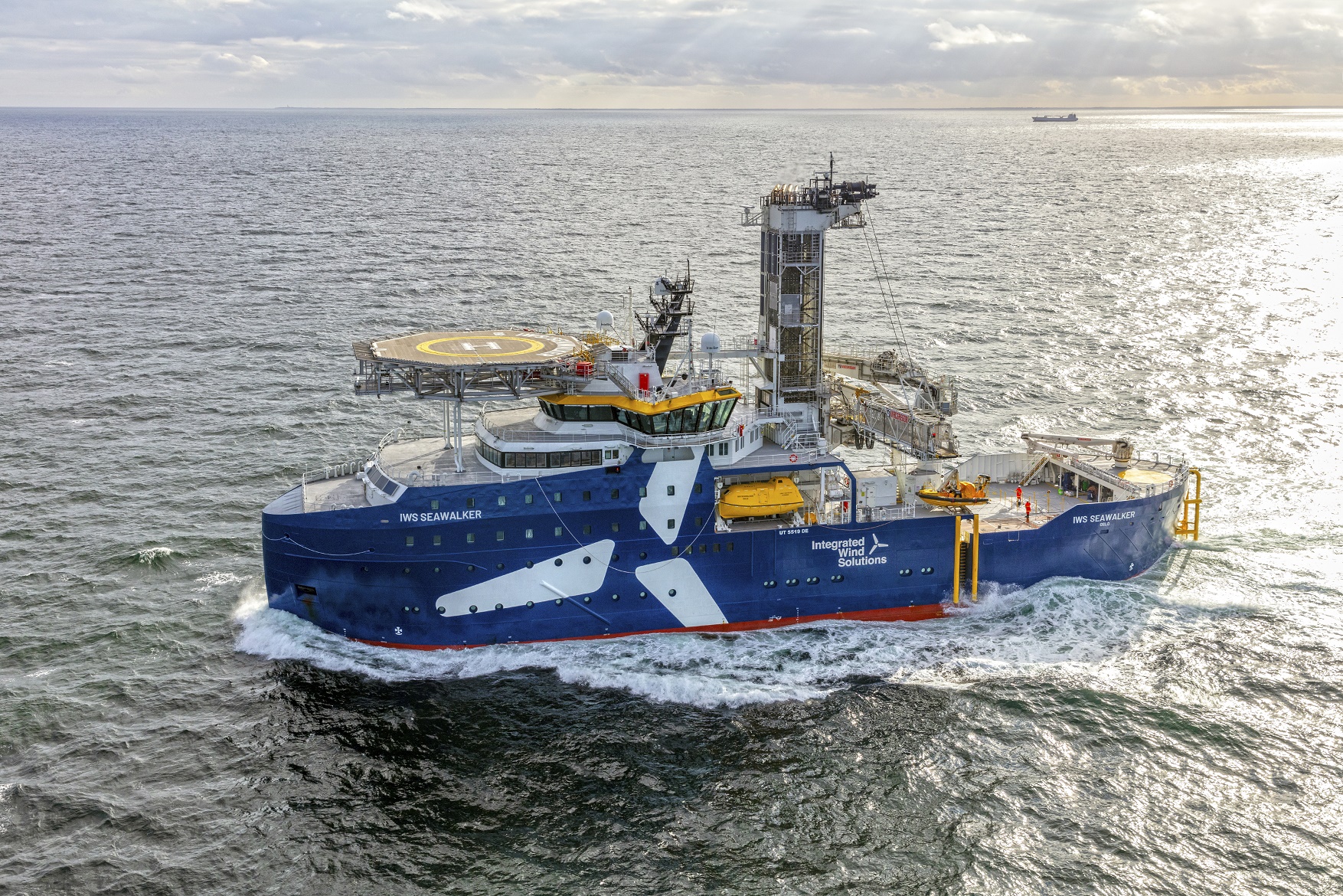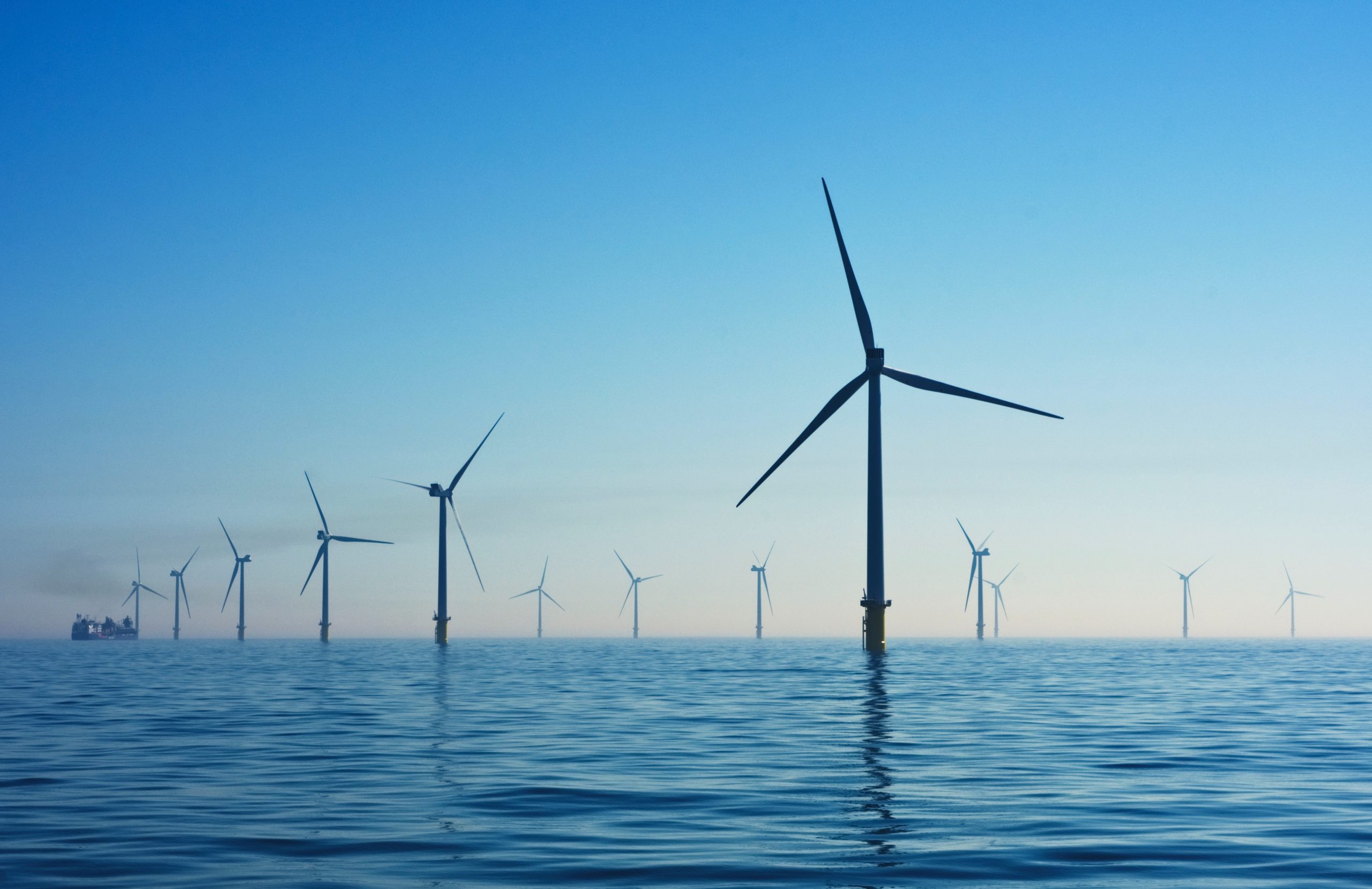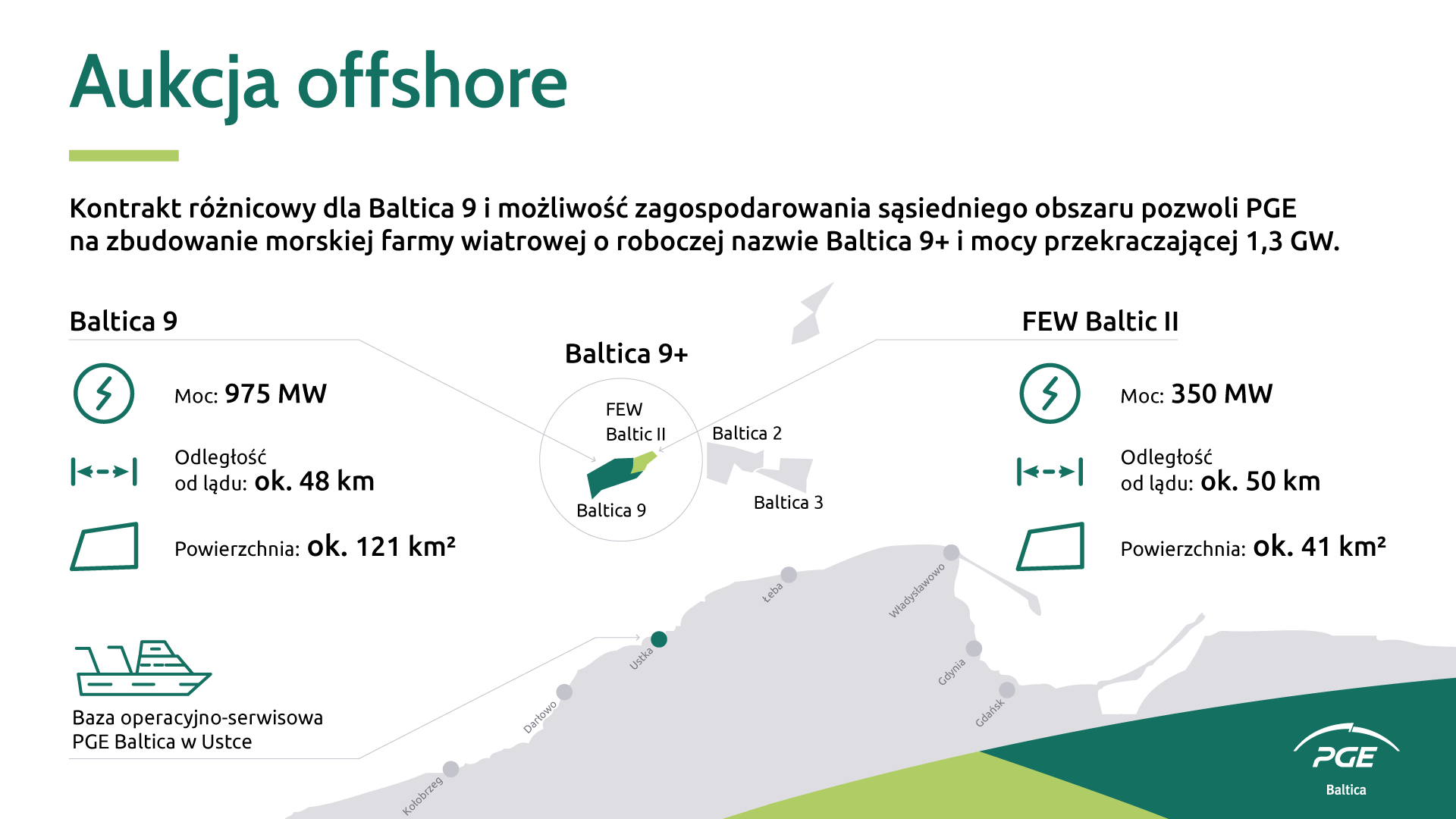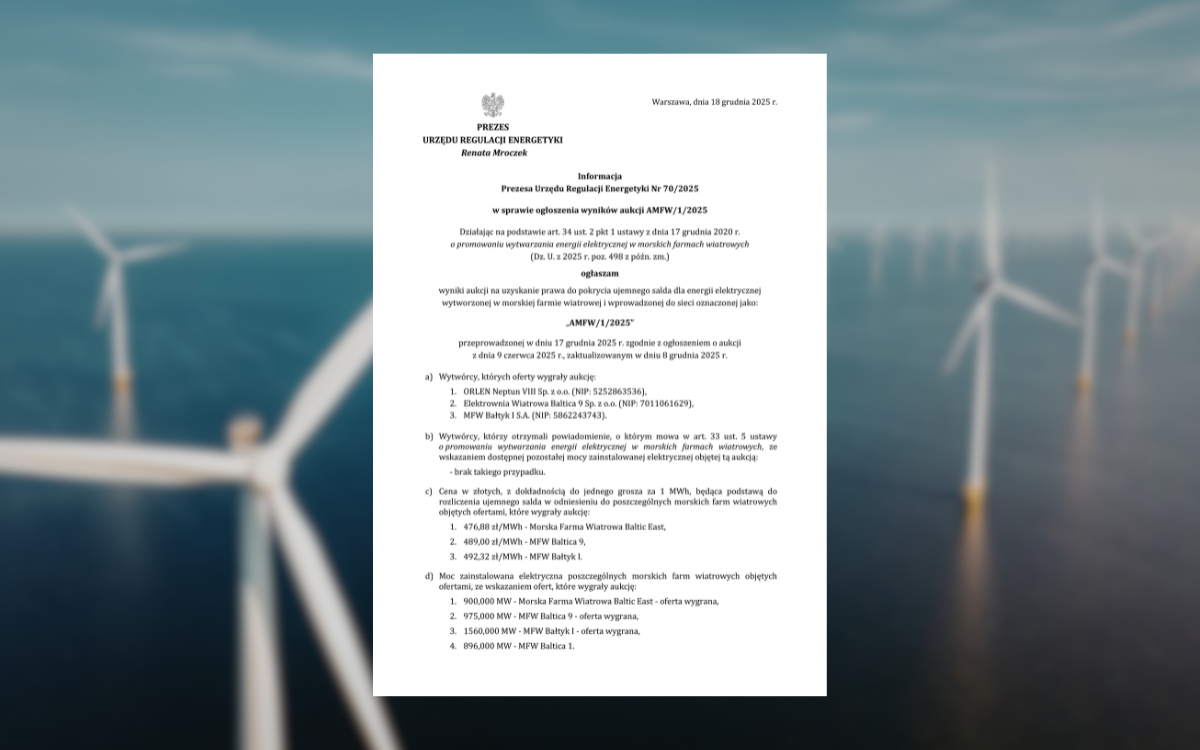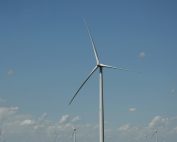Offshore wind service provider IWS has significantly improved productivity across its CSOV fleet thanks to the unparalleled performance of MacGregor’s Horizon walk-to-work gangway.
As an emerging leader in integrated service for the offshore wind industry, IWS owns and operates a fleet of four advanced Skywalker-class commissioning service operation vessels (CSOVs), with an additional two under construction for delivery later this year.
CSOVs are typically expected to service between 10 and 20 turbines per day. However, heavy sea states and rough weather at offshore sites create vessel movements that can limit their operational capability significantly. Seeking to maximise productivity across its fleet, IWS selected MacGregor to supply an integrated solution for efficient, precise, and safe offshore transfer operations, also under severe conditions.
Superior performance across a range of criteria led the third vessel to join the IWS fleet – Seawalker – to win the Offshore Energy Vessel of the Year Award 2025 at the Annual Offshore Support Journal Conference, Awards & Exhibition. This prestigious accolade recognises the “owner, designer, and builder of an offshore energy vessel that has set industry benchmarks through innovative design and efficient operation”.
Millisecond response times, millimetre precision
At the core of MacGregor’s delivery to all six IWS CSOVs is the Horizon gangway, the offshore market’s first fully electric walk-to-work solution. Horizon provides exceptionally rapid millisecond response times and millimetre-level precision—advantages that significantly enhance safety, accuracy, and operational uptime compared to conventional gangways.
“We chose MacGregor for its unique technology, the total package it proposed, and its strong track record as a supplier to the offshore market,” said Christopher Heidenreich, Managing Director, IWS Fleet. “Based on initial performance data from the gangway, as well as client feedback, we know our Skywalker-class vessels are some of the most effective CSOVs available on the market today.”
Driven by electrical motors, the system provides almost instant torque. It features enhanced dimensions to support efficient cargo flow, including the largest integrated elevator on the market, a waiting platform that accommodates up to four pallets, and a gangway bridge measuring 1.5 metres wide as opposed to the 1.2-metre standard. Through three-dimensional motion compensation, it also achieves unmatched docking stability.
“If a wave causes the ship to rise or fall, luffing will raise or lower the bridge to compensate for that movement,” says Prateek Sadhana, MacGregor Product Owner, Gangways. “If the ship rolls, the telescopic motion will move the bridge in or out to maintain contact with the turbine transition piece. If the ship moves forwards or backwards, the slewing motion will rotate the bridge to the left or right as needed. Crucially, this is all controlled down to millimetres of precision.”
According to Sadhana, most motion compensation is required for the ‘luffing’ motion – the up-and-down movement – to maintain gangway stability. In many existing gangway systems, however, hydraulic luffing control is located at the rear of the bridge, far from the tip, leading to greater movement and higher power requirements.
In contrast, Horizon uses an electrical luffing winch positioned on top of the tower to drive vertical motion from the middle of the gangway, thus reducing the distance between the luffing input and the point of contact between the bridge and the transition piece. This unique geometry, coupled with the precision of the electric motor, minimises movement at the tip of the bridge, with less power needed to maintain stability.
Thanks to its permanent magnet motors, Horizon can even harness the three-dimensional movement of the bridge to generate electricity that is fed back into the onboard electrical grid, creating an energy- and cost-efficient loop for powering offshore docking and transfer operations.
Accurate cargo transfer with remote control
Complementing the Horizon system is the Colibri crane, a knuckle-boom crane equipped with advanced three-dimensional motion compensation. While Colibri can efficiently handle standard starboard-side and subsea lifts via its main winch, its distinctive advantage is its innovative Colibri tool – a lightweight articulated attachment mounted on the crane’s folding jib to enable the precise handling of smaller, more delicate loads.
The Colibri tool is specifically designed for the safe and precise transfer of cargo to the transition piece, where space is limited. By independently providing three-dimensional motion compensation, it removes the need to move the entire crane structure. This reduction in mass optimises energy efficiency, enhances response times, and ensures higher accuracy.
Colibri is fully compatible with MacGregor’s AROS solution, as is the Horizon gangway. AROS enables operators to control both systems seamlessly from a centralised station on the bridge. Equipped with a video wall and dual human-machine interface touchscreens, it allows instant switching between crane and gangway functions, maximising overall operational efficiency.
Optimising safety to extend the operational window
MacGregor’s combined solution enables the IWS Fleet to safely operate in higher sea states compared to a conventional gangway and crane system.
“After IWS introduced its first vessel, IWS Skywalker, at Dogger Bank, the operator was able to raise their significant wave height threshold by half a metre based on the performance of our solution,” reports Bjørnar Berge, MacGregor Senior Sales Manager, Offshore Wind. “Results like this will ultimately drive the industry towards more sophisticated gangway and crane systems – where we believe we’ve set a new benchmark.”
Horizon’s performance in high sea states is particularly advantageous in winter, when the operational envelope in the North Sea is often severely restricted due to safety concerns. By expanding the “weather window”, Berge adds, the system will help to promote year-round productivity across CSOV fleets.
While uptime and efficiency are competitive differentiators for CSOV operators, safety remains MacGregor’s foremost priority. Horizon clearly demonstrates MacGregor’s unwavering commitment to incident prevention at sea.
“Increasing the weather window for CSOVs is great for productivity,” notes Prateek Sadhana, MacGregor Product Owner, Gangways. “But throughout every step of design and development, our main concern is the safety of the people walking across that gangway.”
MacGregor differentiates its Horizon gangways through numerous safety-focused features that exceed industry standards. These include step-free access, prominent warning signs, buzzers, and a traffic-light-based system that clearly guides personnel movement. Robust guard rails and barriers are in place to prevent injury and accidental entrapment. Additionally, Horizon’s notably wider gangway structure and sophisticated control philosophy – with carefully designed safety interlocks and gentle, precise motion compensation – ensure safe, comfortable transit, minimising abrupt movements for personnel.
Owing to MacGregor’s ‘dual-path’ philosophy, the system also features two of every critical component – such as motors, wires, sensors and programmable logic controllers – to ensure full redundancy in case of equipment failure.
In addition, MacGregor provides round-the-clock support and remote troubleshooting. Its OnWatch Scout condition monitoring and maintenance application helps to keep the equipment running smoothly, thereby promoting safe and efficient operations throughout the vessel’s lifespan.
“In the offshore wind market, safety and uptime are inseparable,” says Berge. “CSOV owners often refer to the gangway as their ‘money maker’ – and if it can’t be operated safely, it can’t be operated at all, which means a loss of earnings for the owner and operator alike. Prioritising safety doesn’t just protect people; it also directly maximises productivity.”
Source: MacGregor News (author: Michael Regan)
